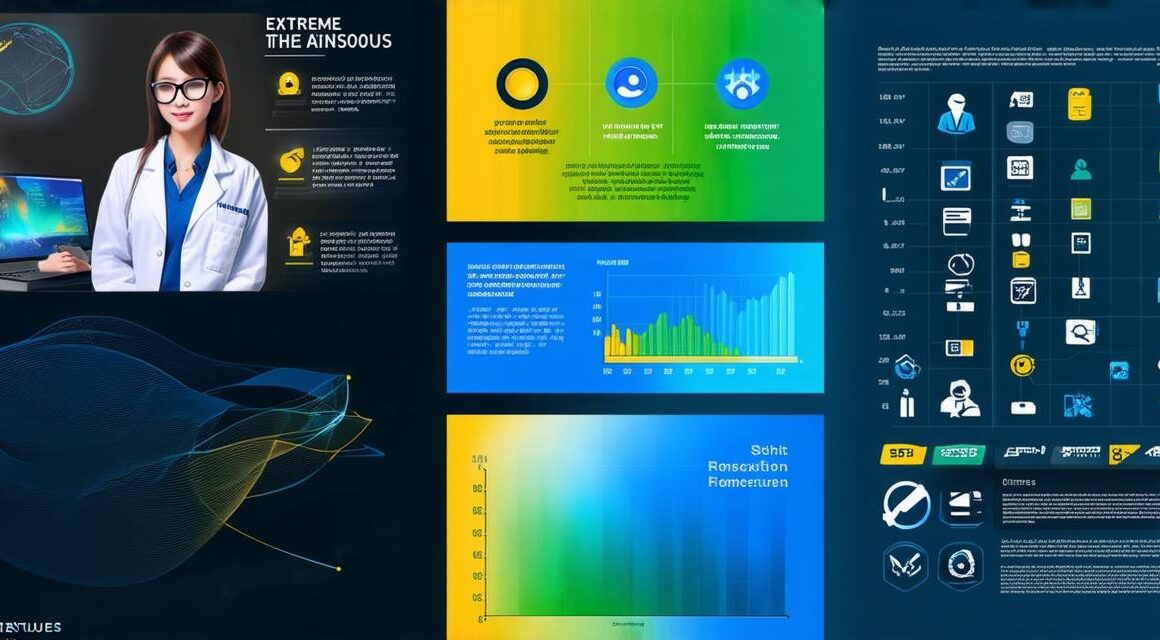Which Performs Better: Unity 3D vs. Unreal Engine

Are you looking to create an immersive and interactive gaming experience? Or perhaps you want to develop a virtual reality application that will transport users into a new world? Whatever your goals, both Unity 3D and Unreal Engine are popular tools that can help you achieve them. But which one is better suited for your project? In this article, we’ll explore the strengths and weaknesses of each engine to help you make an informed decision.
Unity 3D vs. Unreal Engine: The Basics
Unity 3D and Unreal Engine are both powerful game engines that can be used to create a wide range of interactive experiences. They have similar capabilities, such as support for 2D and 3D graphics, physics simulations, and scripting languages. However, they differ in their approach to development and some key features.
Strengths and Weaknesses of Unity 3D
One of the main strengths of Unity 3D is its ease of use. It has a user-friendly interface that makes it easy to create, edit, and debug code without needing extensive experience in programming. Additionally, Unity supports a wide range of platforms and programming languages, making it an ideal choice for cross-platform development.
Unity’s large community of developers is another major strength. They contribute to the engine by creating assets such as pre-built environments, characters, and effects that can be easily integrated into your project. This can save you a lot of time and effort compared to building everything from scratch.
However, Unity 3D does have some weaknesses. One of these is its performance limitations when it comes to high-end graphics. While Unity has made strides in this area with the release of Unity 2019.4, it still lags behind other engines such as Unreal Engine in terms of graphical fidelity.
Another weakness of Unity is its limited support for advanced features such as real-time ray tracing and motion capture. While these features are available in Unity, they require additional plugins or add-ons, which can be expensive and may not always work seamlessly with the engine.
Strengths and Weaknesses of Unreal Engine
Unreal Engine is known for its high-performance graphics capabilities and support for advanced features such as real-time ray tracing, global illumination, and motion capture. These features make it an ideal choice for creating realistic, immersive experiences in gaming and virtual reality.
Another strength of Unreal Engine is its flexibility. It supports a wide range of programming languages, including C++, which gives developers greater control over their code. Additionally, Unreal Engine has a large community of developers who contribute to its extensive library of assets and tools.
However, Unreal Engine also has some weaknesses. One of these is its steeper learning curve compared to other engines such as Unity. It requires more experience in programming and can be more difficult to use for beginners. Additionally, Unreal Engine can be more resource-intensive than other engines, which may make it less suitable for lower-end devices or systems with limited processing power.
Summary: Which is Better?
When deciding between Unity 3D and Unreal Engine, it’s important to consider your specific project requirements and your own level of experience as a developer. If you’re a beginner looking to create a simple game or application, Unity 3D may be the better choice due to its ease of use and flexibility.



